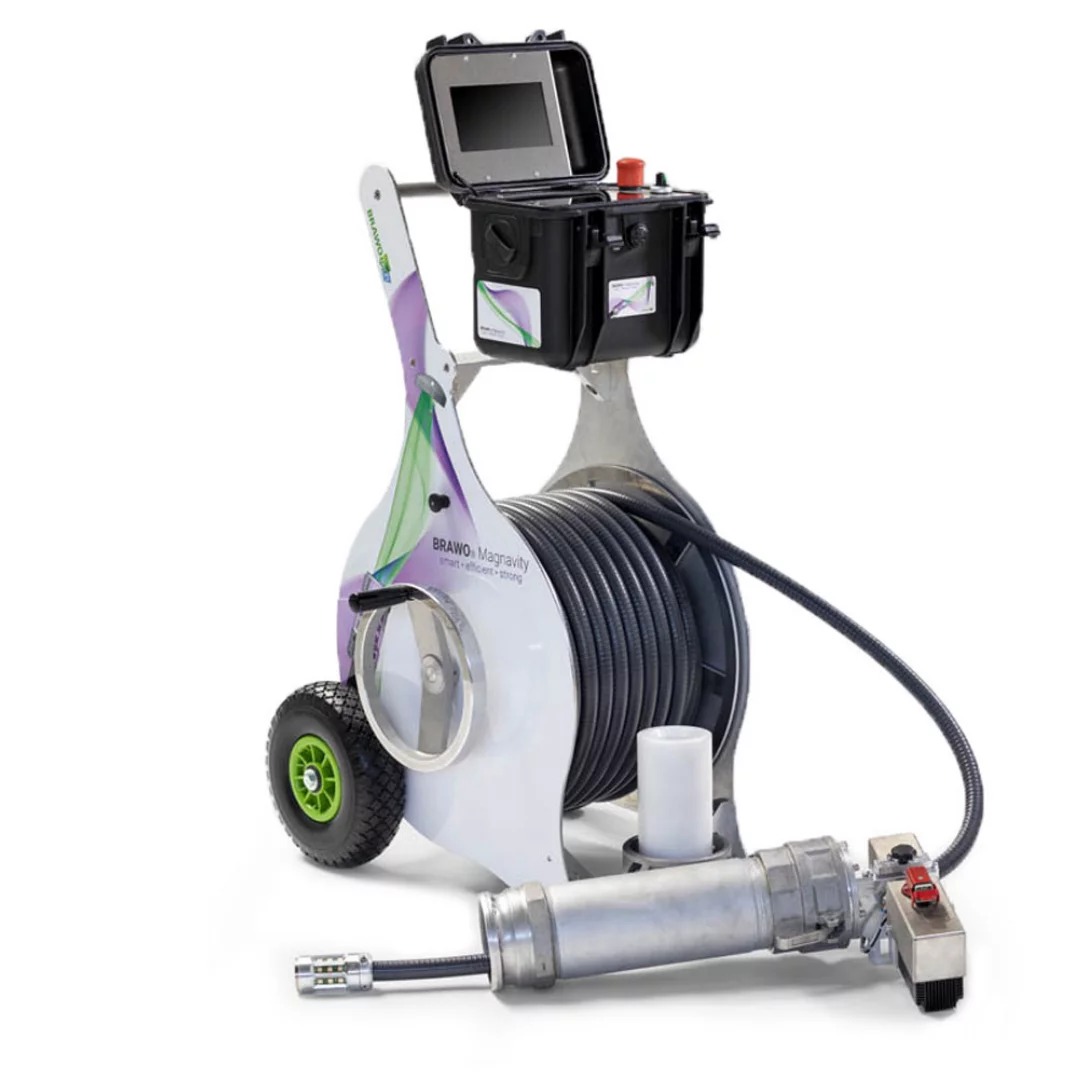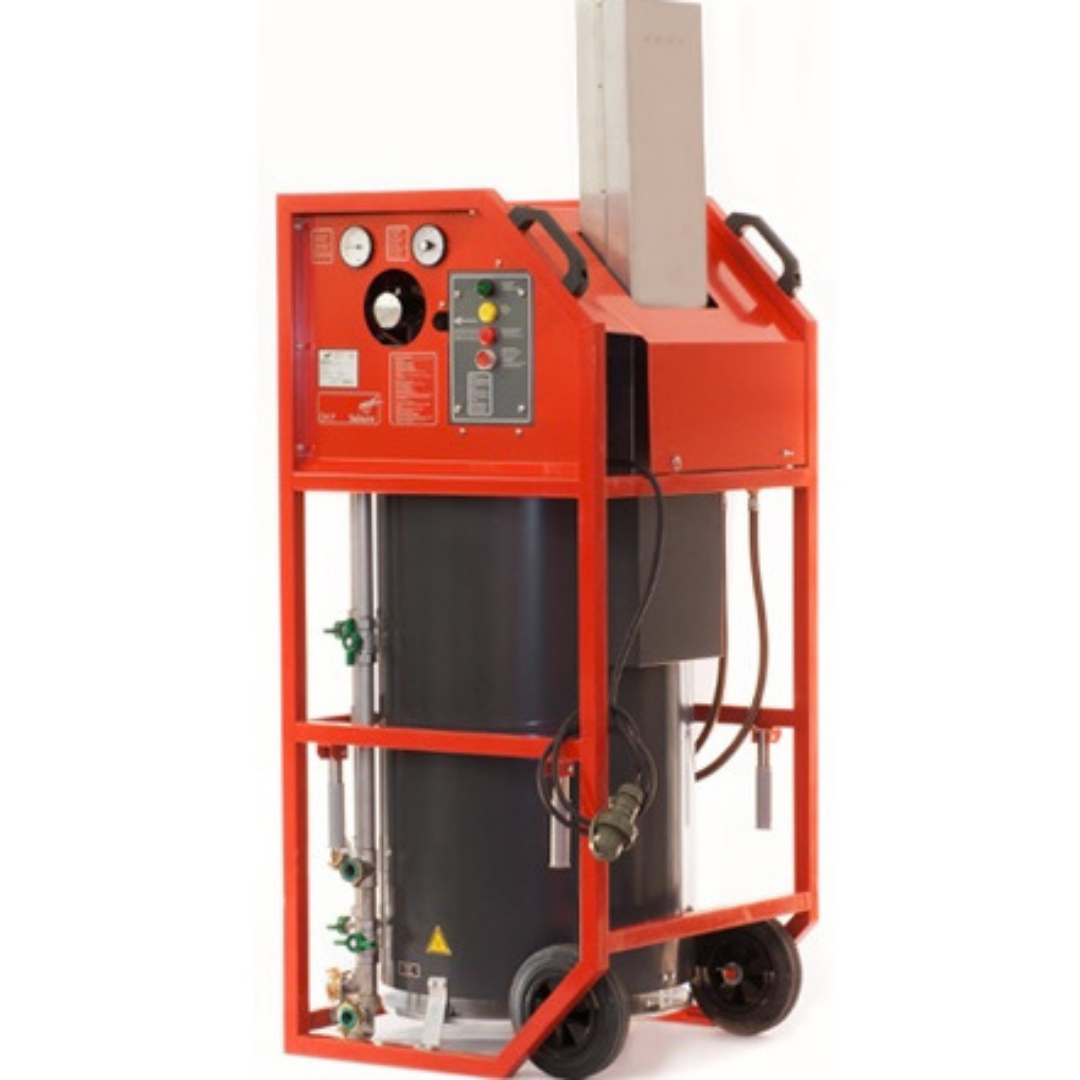
Clogged sewage drains can bring chaos to any household. Unsightly water pooling on your floor, the foul smell lingering in the air, and the creeping anxiety of potential damage—none of it is pleasant. If you're a homeowner, understanding how to unblock a sewage drain is crucial for maintaining a comfortable, clean, and functional living space.
In this guide, we'll explore the many ways to unblock a sewage drain and provide practical, easy to-follow steps to tackle any clog. We will also cover maintenance tips to ensure a functioning sewage drain.
Unblocking a Sewage Drain
If prevention isn't enough, follow these detailed steps to effectively unblock your sewage drain and get things flowing smoothly again.
1.Assess the Situation
Start by assessing the blockage's severity: is water draining slowly, indicating a partial clog, or is it completely backed up? Pay attention to any unusual odours or gurgling sounds that could indicate an urgent need for sewage drain unblocking. This understanding will guide you in determining the best course of action.
2. Use a Plunger
To unclog a toilet:
- Use a reliable plunger for a better seal.
- Position it over the drain, create a tight seal, and use firm up-and-down movements to dislodge the clog. Keep the plunger submerged in water to maintain pressure.
- Repeat as needed.
3. Try a Drain Snake
If a plunger fails, use plumbing auger or commonly known as drain snake, to tackle clogs.
Insert it into the pipe, rotate it clockwise to break up the blockage, and remove debris. This tool effectively reaches deeper clogs, making it essential to unblock a sewage drain.
4. Apply a Natural Solution
For a gentle drain cleaning method, pour a cup of baking soda and vinegar down the drain. Let it fizz for 30 minutes, then flush with hot water. This natural solution helps dissolve minor clogs and eliminates odours, keeping your pipes fresh.
5. Use Chemical Cleaners
If natural solutions don't work, chemical drain cleaners can be used carefully, following the manufacturer's instructions. You don't want to get dangerous reactions, so wear gloves, ensure proper ventilation, and never mix different cleaners.
6. Call a Professional
If the need for sewage drain unblocking persists despite efforts, contact a professional plumber immediately to avoid complications caused by DIY attempts. They possess the expertise, equipment, and tools to address serious clogs and hidden plumbing issues.
Seeking help is crucial, as neglecting persistent problems can result in more significant and expensive repairs later.
Maintaining a Smoothly Functioning Drainage System

Regular plumbing system maintenance is essential for preventing blockages and ensuring optimal performance. Scheduling routine inspections and promptly addressing minor issues can help avoid significant problems and costly repairs.
This proactive approach extends the lifespan of your plumbing and promotes a healthier home environment and peace of mind.
1. Schedule Regular Cleanings
Make it a habit to unblock your sewage drains regularly using natural solutions, such as baking soda and vinegar. This preventive measure can help keep minor clogs at bay and maintain the health of your plumbing system.
2. Monitor Water Flow
Monitor how quickly water drains into your sinks, tubs, and toilets. Slow drainage can be an early sign of a developing clog. If you notice any changes, promptly prevent a more severe blockage.
3. Inspect Pipes for Damage
Regularly check your pipes for leaks, cracks, or other damage that could lead to blockages. Look for signs of corrosion or wear, especially in older plumbing systems. Addressing minor issues right away can prevent more extensive sewage drain unblocking later.
4. Use Enzyme Cleaners
Use enzyme-based drain cleaners periodically to break down organic matter like grease, hair, and food particles in your pipes. These environmentally friendly cleaners can effectively keep your drains clear without harsh chemicals.
5. Keep an Emergency Kit
Prepare an emergency kit with essential tools like a plunger, drain snake, and rubber gloves to prepare you for unexpected clogs. These tools can save you time and stress during plumbing emergencies, allowing you to tackle problems quickly and efficiently.
6. Check the Ventilation
Ensure that your plumbing system has proper ventilation. Poor ventilation can lead to slow drainage and increased pressure in the pipes, which may cause sewage drain blockages. Regularly inspect vents and remove any blockages to maintain optimal airflow.
7. Avoid Pouring Grease Down the Drain
Never pour grease, oil, or fat down your drains; they can solidify and cause significant clogs. Instead, let the grease cool and dispose of it in the trash. This simple practice can help keep your plumbing clear and functional.
8. Schedule Professional Inspections
Consider scheduling regular inspections with a professional plumber to catch potential issues early. They can identify problems that may not be visible to the untrained eye and provide necessary maintenance, helping you avoid costly repairs.
Take Advantage of NZ Pipelining Supplies!
Now that you know how to unblock a sewage drain, you may find yourself looking for reliable suppliers to do the job.
Fortunately, here at New Zealand Pipeling Supplies (NZPS), we offer Brawoliner products, such as the Mini Cleaner 230V, which is capable of not only blockage removal but also cleaning and descaling various pipe types
We also have more CIPP equipment, materials, cutters and robots in store for you. You can check them out on our website or call our team of drain unblockers in Wellington with any enquiries!
